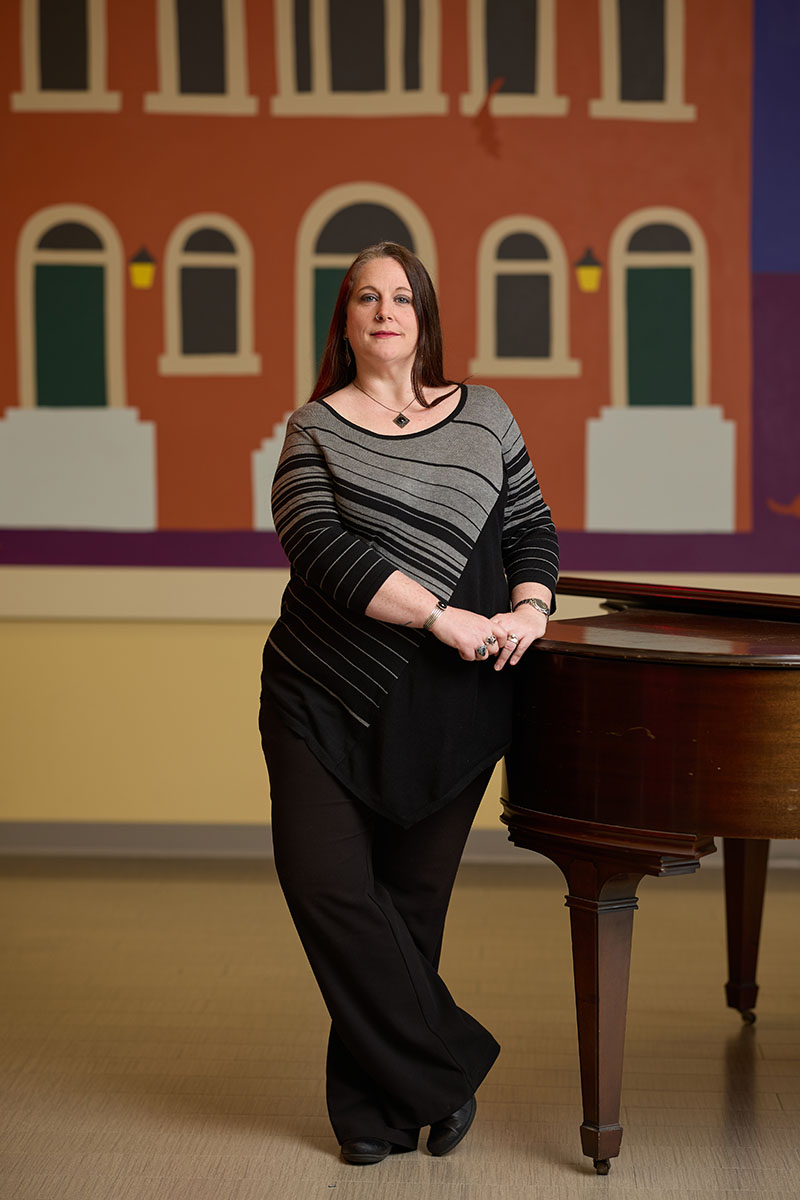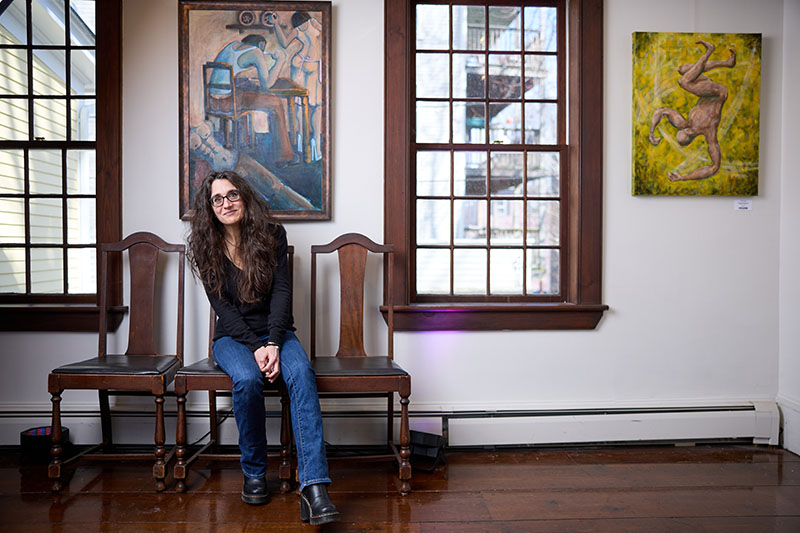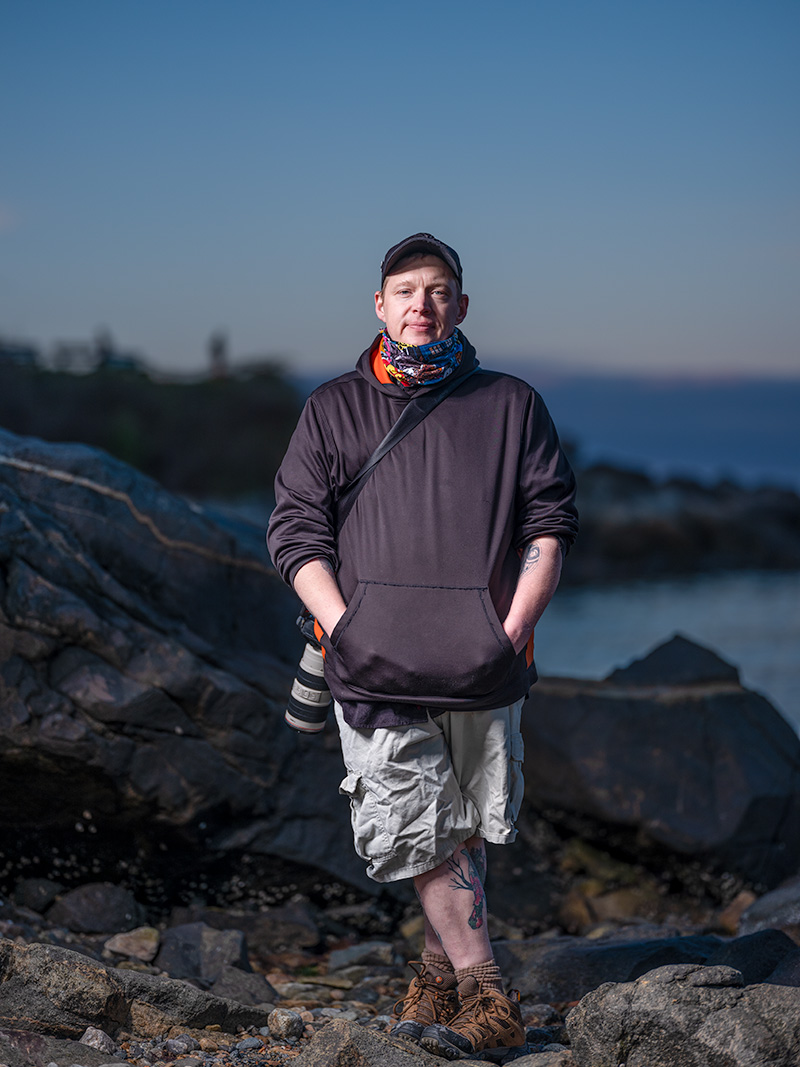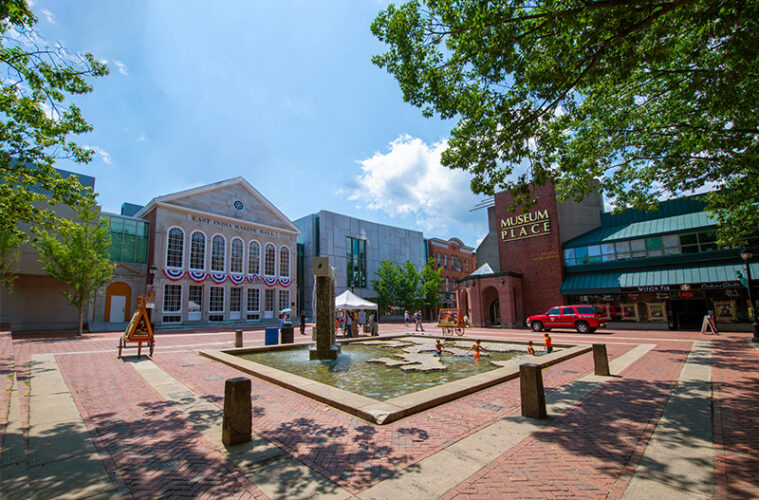A huge, lifelike mural of a Dominican grandmother smoking a pipe and cooking in a heavy black pot over an open flame adorns a brick wall behind 98-102 Lafayette Street in Salem. The artists, known as Duo Amazonas, are two Latin American women based in Madrid whose incredible, large-scale mural work appears across the world, from Austria to Sweden to Italy, and Salem, too, as of October.
This mural is one of dozens by world-renowned artists from around the world at the Punto Urban Art Museum, an open-air mural project featuring large-scale murals over a multiblock radius in The Point, a Salem neighborhood just outside downtown.
Once, such an incredible display might be enough to put a city’s art on the map. But this isn’t just any city. It’s Salem, a place where art and artists are central to its values and identity. Of course, it’s home to the world-renowned Peabody Essex Museum, which occupies a spot right in the heart of downtown and has a presence throughout the city, thanks to its historic house holdings, including the Ropes Mansion in the McIntire Historic District.
Yet there’s so much art beyond the PEM, as the Punto Urban Art Museum demonstrates.

“Salem sort of feels like a mecca for artists,” says Julie Barry, senior planner for arts and culture for the city of Salem. “Artists have felt welcomed there and have felt drawn to the eclectic nature of Salem.”
That artists feel welcome in Salem is intentional, especially given that the city is most famous for a centuries-old event that demonized huge groups of people. Now, Salem is a decade into implementing its Public Art Master Plan, which said that “public art in Salem should contribute to the community’s identity as the cultural hub of the North Shore and a center for creativity; foster community pride, ownership, and a sense of belonging, and contribute to the quality of Salem’s built environment.”
It’s doing that in a number of ways, both through city initiatives, like reimagining and renovating Old Town Hall as an arts and culture hub for Salem; working with the PEM; and through artists and artist collectives that call Salem home.
For instance, Artists’ Row is home to artist stalls where people can not only purchase the art that’s being made there, but also meet the artists, see them at work, and talk with them to learn about what they do and their processes.
“We’ve really created an inviting opportunity for the community to engage with artists . . . in their ‘natural habitat,’” Barry says. Doing so can help “demystify the art-making process and help people to realize that art is really for everybody.”

There’s also a lot of support for art and artists. For instance, the Salem Arts Association, which has a gallery at 159 Derby Street, holds exhibitions, provides life-drawing sessions in the gallery, hosts art receptions, and, of course, welcomes to public to visit its gallery during its open season from March–December.
“I find Salem to be an incredible community because it is very, very welcoming,” says Heather Stewart, president of the Salem Arts Association. “It tends to be a place where an artist can go and feel comfortable.”
It’s also a place where artists can feel supported, valued, and actually make a sustainable living thanks to the work of groups like Creative Collective, which is a business support program for creators that aims to foster the connection between the creative and downtown economies.

“I don’t think I could have started the Collective anywhere else,” says founder John Andrews. “We’ve expanded beyond Salem, but I don’t think it could have started anywhere else.”
One of Creative Collective’s signature events is the annual Salem Arts Festival, produced in collaboration with Salem Main Streets. The multiday event in June includes a street fair, live music, dance, and other performing arts, and a “mural slam” live painting event with local artists, which this year will be held on Artists’ Row.
Events like this also drive home the reminder that “the arts” encompass more than just the visual arts. It’s also music, film, theater, poetry, drag, and other art forms that visitors to Salem can find readily throughout the year, from celebrations of movies like the Salem Film Fest, Salem Horror Fest, and the eclectic slate of films and events at Cinema Salem; to the Massachusetts Poetry Festival; to the weekly drag brunch at Gulu-Gulu Café.
It all combines to create a city that’s brimming with artistic inspiration and possibility.
“You go to a lot of other communities and it doesn’t feel like people want to feel or try something new,” Andrews says. “In Salem, there’s just this energy of, ‘You can try things.’”

